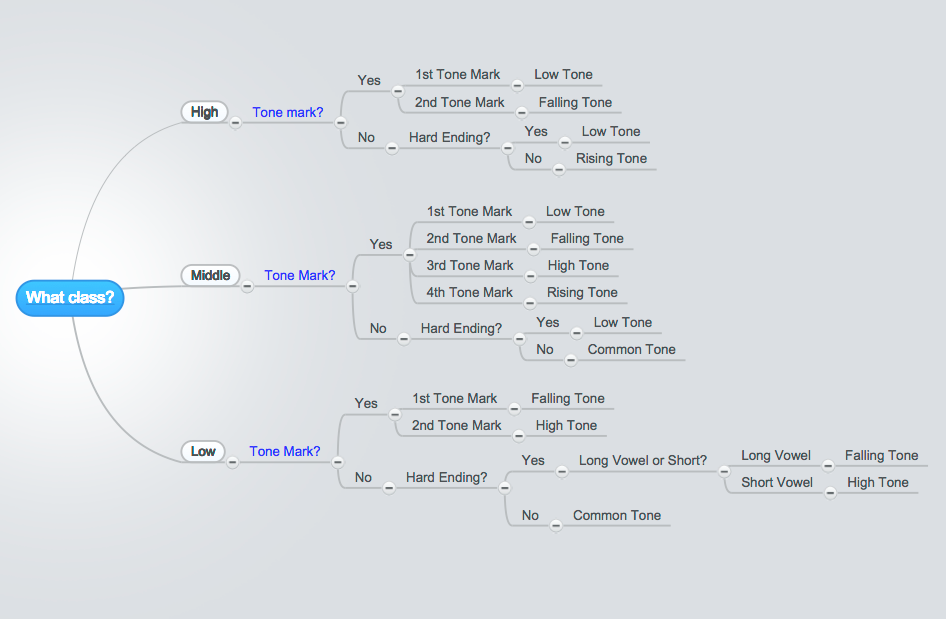How to Say Sorry in Thai – Complete Guide to Apologies and Respect
When saying sorry in Thai, the words you should use will depend on the person you are speaking with and your relationship, age and status relative to them. Until you’ve learned to navigate that, just stick to this expression:
Word breakdown:
- ขอ (khaw) – is used in Thai as please in the sense of asking for something from someone
- โทษ (thoht) – means to punish
Even though Thai people don’t think of it this way, it’s a fun mnemonic to think of saying sorry as “Please punish me.”
Formal Apologies – Speaking to Higher Status People
When to Use Formal Apologies
Higher status means bosses, elders, people in respected positions. It will also include people like your partner’s or friend’s parents.
When apologizing in Thai to people of higher status, you should say the standard phrase introduced above, but in many cases, it’s also a good idea to include a wai. If you really messed up, this is a good way to defuse a tense situation.
The Wai Gesture:
ไหว้ [wai] – the wai is when you put your hands together in prayer-like position and it may or may not include a slight bow. The position of the hands in relation to the face/head as well as the deepness of the bow convey differing levels of respect.
What to say:
Informal Apologies – Friends and Partners
Basic Informal Sorry
ขอโทษIf you’re fairly close to someone (and this can happen fast), you don’t need to use the polite gender particles ครับ/ ค่ะ. The need for politeness drops off considerably at this level of intimacy. If you aren’t sure, use it for the first few sentences and then you can tone it down or phase it out over a longer conversation.
Casual Apologies for Small Mistakes
Stronger Apologies for Serious Mistakes
If you did something really bad or offensive and/or feel really awful about it, you want to express your apology a bit stronger.
- ขอโทษจริงๆ – I’m really sorry
- ขอโทษมากๆเลย – I’m very sorry
Formal Thai Apologies – Public Announcements
This expression is very formal and not normally used in conversation, but you’ll hear it in public announcements, when you call someone on the phone and it doesn’t connect, on the BTS or other public transportation, and you’ll find it written in signs.
-
ขออภัย – We’re sorry (for public announcements and signs)
- ขออภัยค่ะ เลขหมายที่ท่านเรียกไม่สามารถติดต่อได้ในขณะนี้ – We’re sorry, the number you are calling can’t be reached right now.
- ขออภัยค่ะ ขบวนรถเกิดความล่าช้า เนื่องจากอยู่ในระหว่างจัดการจราจร – We’re sorry, the train is delayed due to traffic between stations.
Using “Excuse Me” in Thai
Luckily, we can use the same expression, ขอโทษ, for both “sorry” and “excuse me” in Thai.
Examples:
- ขอโทษครับ คุณชื่ออะไร – Excuse me, what’s your name? (male speaker)
- ขอโทษค่ะ ห้องน้ำอยู่ไหน – Excuse me, where is the bathroom? (female speaker)
Digital Communication – Social Media and Texting
There tends to be a big drop in formality/politeness in Thai when chatting online. However, when talking on message boards seen by a lot of people, many people will still be fairly polite and often use the polite gender particles. When chatting with your friends on Facebook or Line, it’s not usually necessary.
- โทษที (thot thee) – sorry *sometimes intentionally misspelled as โทดที
- โทษๆ – sorry
- โทษนะ – sorry (the นะ gives it a softer, gentler feeling)
- ซอรี่ – sorry (from English)
Explaining What You’re Sorry For
Often times, just saying sorry isn’t enough. You may want to specify what you are apologizing for. Here are some examples of different situations.
Pattern: ขอโทษ + ที่ + what you did wrong
sorry + for + whatever I did wrong / or whatever happened
*You can switch out ขอโทษที่ … for โทษนะ ที่ … to get a more intimate/informal version of this pattern to use with friends.
Being Late or Missing Appointments
- ขอโทษที่มาสาย – Sorry for coming late.
- ขอโทษที่มาช้า – Sorry for coming late.
- ขอโทษที่ผิดนัด – Sorry for missing (our) meeting/appointment
- ขอโทษที่ทำให้รอ – Sorry for making you wait.
Having Done Something Wrong
- ขอโทษที่ทำอย่างนั้น – Sorry for doing like that
- ขอโทษที่ทำแบบนั้น – Sorry for doing like that
- ขอโทษที่พูดแบบนั้น – Sorry for saying (something) like that / Sorry for talking like that
- ขอโทษที่ทำผิด – Sorry for doing (something) wrong
Apologizing for Not Doing Something
- ขอโทษที่ไม่ได้โทรไป – Sorry for not calling (you)
- ขอโทษที่ไปไม่ได้ – Sorry that I can’t go.
- ขอโทษที่ไม่ได้ซื้อของขวัญให้ – Sorry for not buying you a gift.
- ขอโทษที่ลืมวันเกิด – Sorry for forgetting your birthday.
Saying “I Didn’t Mean To” in Thai
ไม่ได้ตั้งใจ – I didn’t mean to. / I didn’t intend to.
Word breakdown:
Expressing Sympathy – Sorry for Things You Didn’t Cause
When you feel bad about something that happened to someone else, such as a death in the family, you’ll use a different phrase.
-
เสียใจ – Sorry (that something happened)
- เสียใจด้วยนะ – I’m sorry (to hear that)
- เสียใจนะ – I’m sorry (about what happened.)
Examples:
- เสียใจด้วยนะที่เลิกกับแฟน – Sorry that you broke up with your gf/bf
- เสียใจด้วยนะที่สอบไม่ผ่าน – Sorry you didn’t pass the test.
- เสียใจด้วยนะที่หมาตาย – Sorry that your dog died.
Cultural Context: Why Apologizing Matters in Thailand
Respect and hierarchy are fundamental in Thai culture. Understanding when and how to apologize properly shows cultural awareness and respect for Thai social norms. The wai gesture combined with appropriate apology phrases demonstrates that you understand Thai values.
Building relationships: Proper apologies help maintain harmony (“sanuk”) and face-saving (“kreng jai”) – two crucial concepts in Thai social interaction.
Related Essential Phrases
Politeness is crucial in Thai culture. You should also learn how to say congratulations in thai.
For more essential polite phrases, check out how to say how are you in thai.
Building your vocabulary of courteous expressions includes learning consistency is key.




